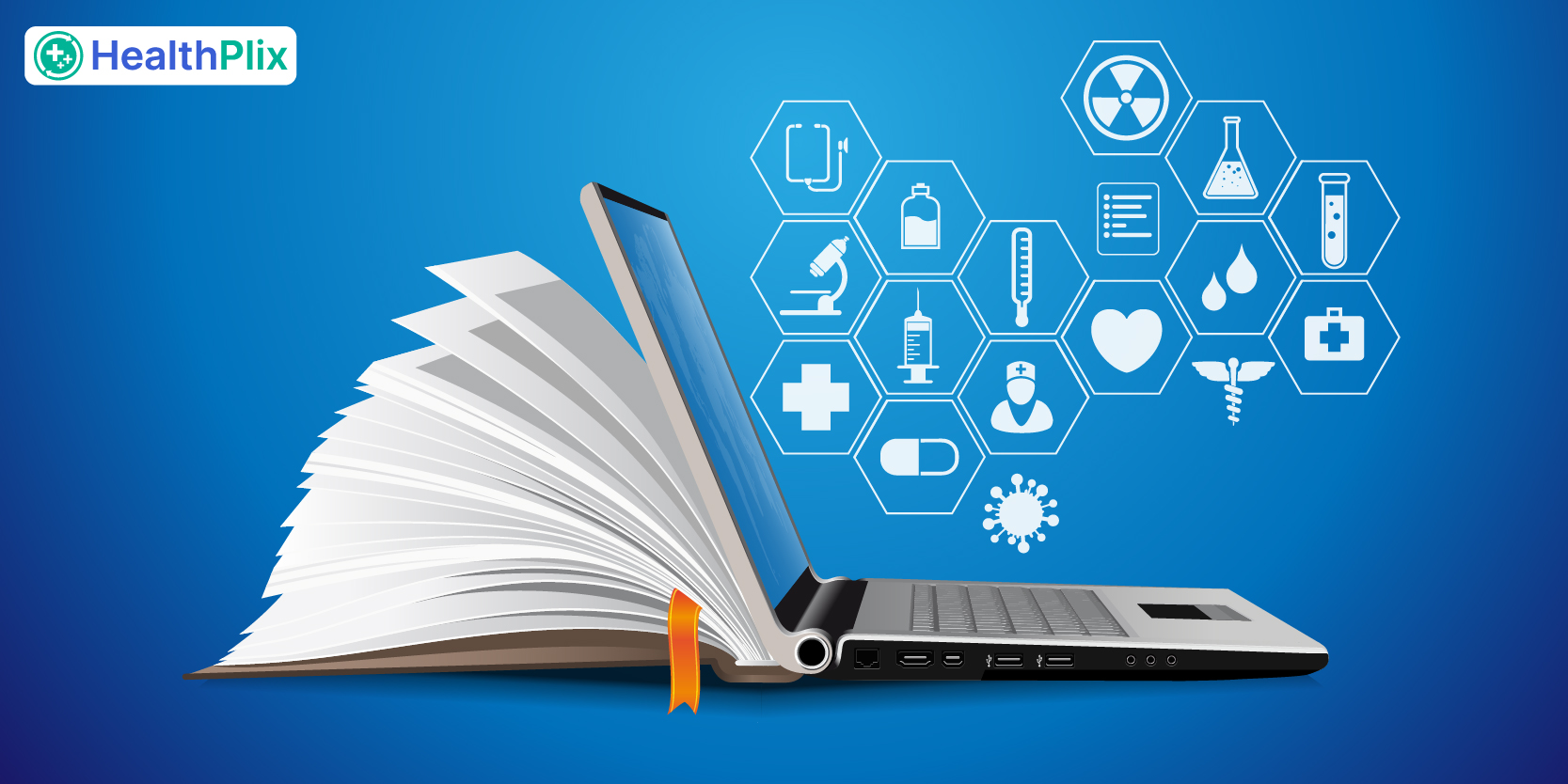What is important to keep in mind, however, is that since doctors and physicians are the primary users of EMR, their willingness to adopt and use EMR proactively is one of the most important factors in the implementation process.
Advantages Of Adopting Electronic Medical Records
There are several benefits of using electronic medical record systems for doctors. Apart from offering patients access to their health records, EMR make the storage of medical records much more safe and secure.
Among the other benefits of adopting EMR are-
Minimize Errors
Maintaining handwritten documents is cumbersome as they are subject to errors such as misspellings, illegible handwriting, and more.
Although these issues persist, EMR offers an excellent way to eliminate many of these inconsistencies and standardize patient records.
Reduces Operational Costs
As medical paper charts occupy a lot of space, it becomes difficult for doctors to manage them manually.
Switching to electronic medical records from paper charts reduces operational costs significantly and brings much-needed transformation in the field.
Streamline Data Exchange Between Systems
EMR software adoption by doctors and medical practitioners enables unifying all medical data related to one patient.
This has many advantages, such as secure data transfer between a patient’s device and a doctor/hospital database, easy EMR data interoperability, and safe data storage in the cloud between various facilities.
Help Practitioners Avoid Duplicate Tests
There are several instances where timely access to test results is lacking, and physicians have to order repeat tests. Adopting EMR keeps doctors and physicians up-to-date on previous test results.
This reduces the need for unnecessary repeats. It is especially relevant in case of expensive, uncomfortable, and invasive tests.
How Are Doctors Adopting EMR?
An increasing number of medical practitioners today are adopting EMR-using technology. Several software platforms are dedicated to promoting better health outcomes with a doctor-first approach and leveraging the latest technological innovations.
Here is how doctors are using these platforms and adopting EMR-
Usability Testing And Beginning An EMR Requirements Checklist
Doing usability testing is a good way here as it helps doctors confirm if their EMR’s user interface suits the staff’s day-to-day workflow.
The next step to perform is defining specific needs or what they want out of software. This helps them select the best EMR system for their organization.
Considering Options For The Top-Rated EMR Systems
Here the physicians define their specific needs to select the best EMR system for their organization.
They also look and take inspiration from influential physician leaders who have already adopted the EMR system to help them create and convey the vision for change. This also allows physicians to understand the various benefits the system can bring them.
Mentioning The Progress
Once the EMR is implemented, doctors and physicians mention the progress made with the new system.
Apart from giving due recognition to leaders in the field responsible for achieving success, doctors also encourage themselves and others to provide feedback and suggestions for further improvement.
Conclusion
The healthcare industry has been struggling to adopt technology for quite some time. However, digital transition in almost every other area has made it essential for doctors to use electronic medical records or EMR software and create a better workflow for their practices.
Apart from being a huge waste of the environment’s natural resources, paper records are also prone to discrepancies and data errors. Adopting web-based EMR, in such a scenario, allow doctors to do everything from e-prescribing bills, sharing charts and referring to other doctors, scheduling, reporting, and more.
HealthPlix makes this transition to EMR for doctors easier for doctors and allows them to set up virtual clinics in their location of choice, including their premises. They can also access EMR via either a website or the HealthPlix spot mobile app.
All in all, the HealthPlix platform helps doctors eliminate barriers to communication between regions. It allows them to securely conduct online video and audio consultations, giving a convenient and hassle-free way to patients who cannot travel to a clinic.


